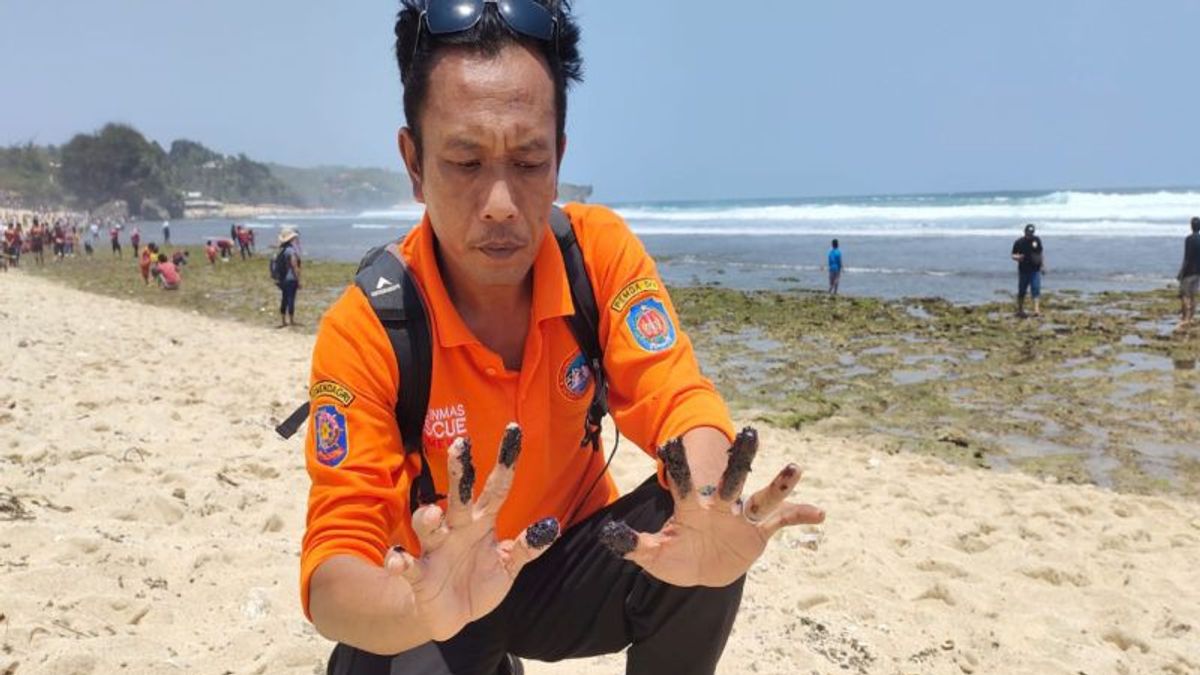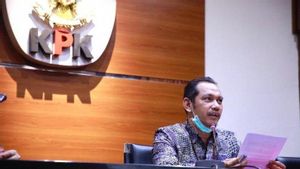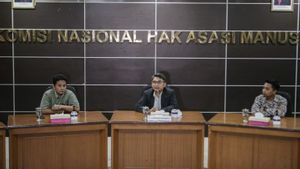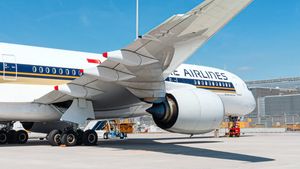
GUNUNGKIDUL - The Environment Agency of Gunungkidul Regency, Yogyakarta Special Region (DIY), conducted a search for allegations of liquid waste polluting Krakal Beach and Slili Beach starting last Saturday until today.
Head of the Gunungkidul Environment Agency (DLH) Harry Sukmono said his party received reports from residents of alleged sea water pollution on Krakal Beach and Slili Beach.
"We have dispatched officers to take samples of the waste. We also immediately coordinate with the regional laboratory for the liquid waste test, but it will only be tested Monday," said Harry Sukmono in Gunungkidul, Antara, Sunday, October 8.
Based on the results of the search by officers in the field, black liquids resembling oils are still found on Krakal Beach and Slili. However, black liquid has no fatal impact on marine biota.
Officers in the field, he said, suspected that the liquid was diesel. Seaweed, which was originally green, turned black. In a liquid-contaminated location, a source of fuel smells also appears.
"We immediately coordinated with related parties, but this is a holiday," he said.
Meanwhile, the Coordinator of the Special Rescue Satlinmas for the Operational Area II of Baron Beach, Marjono, said that the black liquid waste was similar to asphalt. It can be seen in beach sand. In addition, it smells like diesel.
"It's like garbage landing on the outskirts, like asphalt and smells like diesel," he said.
Marjono said the effort made was to bury him in the sand so as not to disturb visitors.
"While still safe. The waste is on the edge, so it doesn't disturb tourists," he said.
관련 항목:
The English, Chinese, Japanese, Arabic, and French versions are automatically generated by the AI. So there may still be inaccuracies in translating, please always see Indonesian as our main language. (system supported by DigitalSiber.id)















